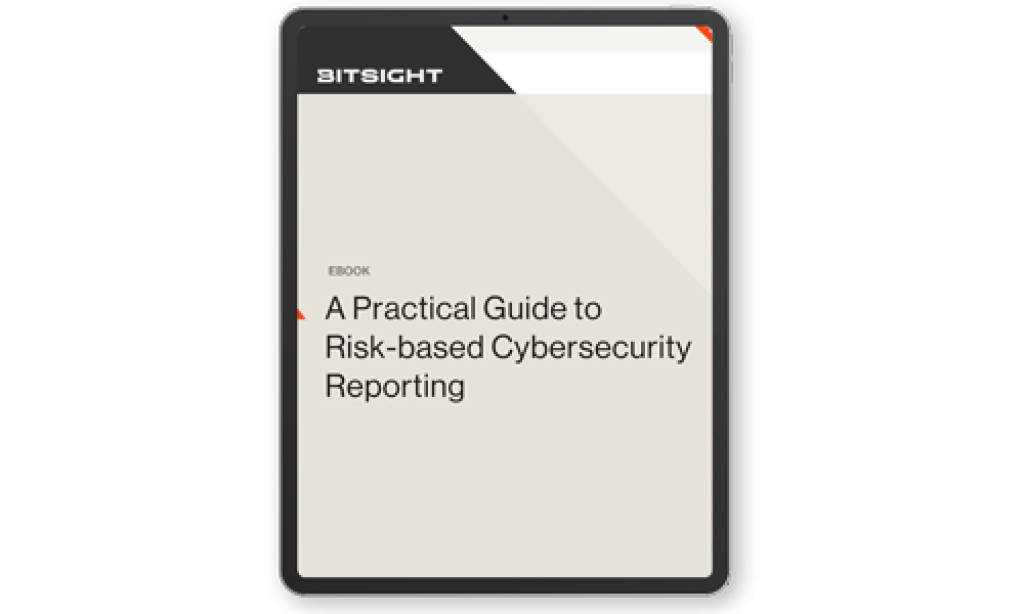Bridge the gap between technical teams and leadership. Learn how to deliver concise, risk-focused reports that align with business goals and improve decision-making at all levels.
Vendor Risk Management Reporting: Tips & Best Practices


Presenting results to senior management and boards is critical to showing the value of your vendor risk management program (VRM) —and often a must for complying with regulatory requirements. So where can you start and what do you need to report on exactly? This blog will arm you with vendor risk management reporting tips and best practices.
Where to start with VRM Reporting
What data should you track on your vendors? What are the most meaningful metrics? How to present this data?
The first step is understanding what’s expected from the VRM program in order to identify the most useful indicators around those expectations. Start with the end in mind and work your way backwards to identify the appropriate data source. This will take careful planning and a good understanding of your business goals.
Metrics alone just quantify or summarize information, but it’s only when they’re paired with measurable business goals that they start making sense. For example, a risk manager may be interested in how much time it takes to conduct risk assessments, or the amount of vendors with a high risk score; whereas cybersecurity executives may be more interested in the overall attack surface and exposure of the organization.
There are different types of risks that your organization could be exposed to simply by working with third-parties – which is a standard practice in today’s interconnected business world. Vendor risk management programs and their findings seek to get the most value from your vendor relationships while reducing the risk they expose your organization to.
7 Report types to improve your VRM strategy
1. Total inventory of third-party vendors
Map all your third-party relationships, including vendors, suppliers, and providers. For example, a law firm, an outsourced software development company, a finance consultant, a manufacturer, etc.
2. Vendors with access to critical data
It’s important to understand what type of information your vendor will have access to, and what they will do with it.
3. Vendors with incidents that impact performance
As vendors become critical to your business operations, it’s important to know if and when incidents such as a system outage or data breach involving or affecting them occurs.
4. Overall health of vendor portfolio
Vendor risk assessments provide findings on the security posture of your vendors that can help you categorize them. For example, critical vs. non critical vendors, or high vs. medium vs. low risk vendors.
5. Overall due diligence status
Assessing, contracting, and onboarding vendors is a multi-step process and you need visibility over its progress. How many security documents were requested to the vendor and are pending? What other steps and approvals are yet to be completed?
6. Contract monitoring
Tracking the performance and status of your vendor contracts ensures that the obligations within them are being fulfilled as intended. This report includes upcoming renewals or terminations that you should address, their values, and priorities. Larger contracts may require more resources to be managed and negotiated.
7. Continuous monitoring findings
Continuously monitoring your vendors' cybersecurity postures lets you keep a constant check on their propensity for risk. With automated insights and near real-time alerts, you can report on changes in privacy policies, exposure to vulnerabilities and credential theft, data breach impact, and more.
Vendor risk management reporting best practices
Now that you know what to report on, let’s go though some tips and tricks to add value to your reports:
- Frequency: Reports should be provided on a regular, recurring basis —usually monthly to your risk or compliance committee and quarterly to your audit committee or board.
- Format: Use widely-known formats, such as spreadsheets or slides; cloud-hosted and collaborative reports are even better. Remember that graphics like pie charts or line/bar graphs are a quick way to show status at a glance.
- Layout: Provide an overview of your VRM fundamental activities, and a subsequent highlight of any significant matters involving critical vendors. This section should include the reports listed above and any other you deem appropriate.
- Nice to have: A calendar showing important upcoming updates and activities, to prove you’re on top of all things VRM.
These vendor risk management reporting activities will keep your senior staff well-informed about the overall health of your vendor ecosystem. Executives seek to leverage these insights to make the best data-driven decisions and keep business stakeholders informed.
Learn more about Bitsight for Executive Cybersecurity Reporting.



